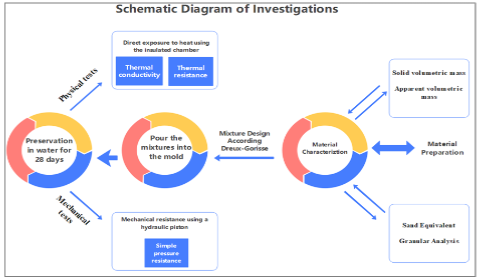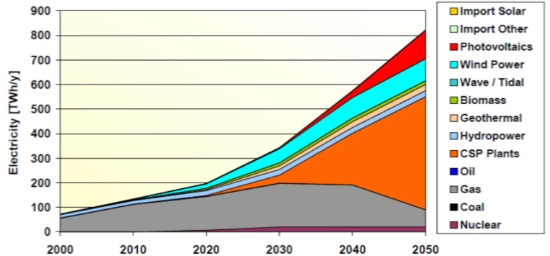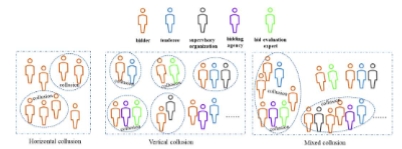Bibliometric analysis of internet of things (IoT) in the construction industry using Scopus database: Trends, characteristics, and future directions
Abstract
This research examines the Internet of Things (IoT), a fast-developing technology that has transformed several industries, through bibliometric analysis of the building and construction sector. The current state of research, its features, and possible future paths are evaluated using the Scopus database. A thorough search of the literature conducted with Scopus produced a total of 2070 publications published between 2004 and 2022. Over the past five years, the number of IoT articles in the construction industry has significantly increased, according to the research. The study found that the top five countries for publications on this issue were China, Hong Kong, India, Portugal, and Sweden. The data suggests that a number of topics, such as energy management, construction automation, and smart buildings, have attracted a lot of attention. Additionally, the survey found that wireless networks and sensors were the IoT technology most frequently employed in the construction sector. The paper also makes recommendations for potential research directions, including the employment of cutting-edge technologies like blockchain and artificial intelligence, as well as the application of IoT in the building sector. The study’s results shed light on market trends, unmet needs in the field, and prospective directions for Internet of Things applications in the construction sector.
References
[1]Alshawi M, Aziz Z, Sutrisna M. Internet of things (IoT) in construction: A review of current status and future directions. Automation in Construction. 2018; 86: 224–241.
[2]Atzori L, Iera A, Morabito G. The Internet of Things: A survey. Computer Networks. 2010; 54(15): 2787–2805. doi: 10.1016/j.comnet.2010.05.010
[3]Gubbi J, Buyya R, Marusic S, et al. Internet of Things (IoT): A vision, architectural elements, and future directions. Future Generation Computer Systems. 2013; 29(7): 1645-1660. doi: 10.1016/j.future.2013.01.010
[4]Hammad A, Varghese K, Saeed M. The internet of things (IoT) applications in the construction industry. IEEE. 2018.
[5]Hu L, He X, Wang X, Wang Z. An internet of things-based temperature and humidity control system for concrete curing. Advances in Civil Engineering. 2020.
[6]Li B, Ma Q, Zhang L, Lin Q. Internet of things (IoT) system for concrete strain and stress monitoring during the curing process. Sensors. 2019; 19(13): 2969.
[7]Wang J, Xu X, Wang X. Internet of things and building information modeling-based intelligent construction management system for prefabricated construction. Journal of Cleaner Production. 2019; 229: 1043–1055.
[8]Yang S, Liu Y, Liu M, Wang Z. Sensing Technologies for Monitoring Construction Noise and Vibration: A Review. Journal of Computing in Civil Engineering. 2018; 32(5): 04018025.
[9]Chen X, Lu W, Wu Q, Jiang X. Integration of Internet of Things and Building Information Modeling in construction industry: A review. Journal of Computing in Civil Engineering. 2020; 34(3): 04020002.
[10]Wang D, Niu Y, Zhang T, Ma Y. A survey of the application of the Internet of Things in construction engineering. Applied Sciences. 2019; 9(22): 4704.
[11]Mokhtarian P, Abdollahzadeh G, Iranmanesh M. BIM and IoT: Integration challenges and opportunities. Automation in Construction. 2021; 122: 103463.
[12]Cao M, Yu W, Wang X, et al. Research on the application of the Internet of Things in construction project management. Journal of Intelligent Fuzzy Systems. 2019; 37(3): 3485–3493.
[13]Tao Y, Luo H, Chen X. Security challenges for Internet of Things in the construction industry: A review. Journal of Construction Engineering and Management. 2019; 145(1): 04018105.
[14]Zhang X, Wang Y, Zeng Q, Deng X. IoT in construction: A review and a path forward. Automation in Construction. 2019; 100: 135–148.
[15]Haas CT, Goncalves G, Gu N. Building information modeling and internet of things integration: A review. Automation in Construction. 2018; 93: 1-15.
[16]Lu Y, Liao Y, Bai Y. An interoperable Internet of Things platform for construction management. Automation in Construction. 2020; 110: 103031.
[17]Serrano D, Torres L, Gómez A, García Á. An overview of wireless sensor networks and the Internet of Things for monitoring and management of buildings. Sensors. 2017; 17(6): 1301.
[18]Hasan MH, Demian P, Ghosh R. A review of sensor placement optimization techniques in construction engineering and management. Automation in Construction. 2019; 107: 102932
[19]Xu X, Wu Q, Lin J, et al. Internet of Things in construction: A review of applications, data privacy, and security issues. Journal of Computing in Civil Engineering. 2020; 34(6): 04020042.
[20]Wang X, Zhang J, Gao J. Barriers and strategies of implementing the Internet of Things in construction. Journal of Construction Engineering and Management. 2020; 146(2): 04019104.
[21]Almarashdeh I, Bao Y, et al. Cybersecurity risks and protection for the Internet of Things in construction: A review. Automation in Construction. 2021; 127: 103750.
[22]Borgia E. The Internet of Things vision: Key features, applications and open issues. Computer Communications. 2014; 54: 1–31. doi: 10.1016/j.comcom.2014.09.008
[23]Cao X, Lin J, Zhou X, Zhang Y. Building information modeling meets Internet of Things: A review. Automation in Construction. 2020; 110: 103014.
[24]De Moura Oliveira PB., Ferraz A. Mapping the scientific literature on the Internet of Things: A bibliometric analysis. Journal of Cleaner Production. 2019; 212: 1287–1306.
[25]Garfield E. Citation indexing: Its theory and application in science, technology, and humanities. Wiley; 1979.
[26]Glänzel W, Moed HF. Journal impact measures. In: Moed HF, Glänzel W, Schmoch U (editors). Handbook of Quantitative Science and Technology Research. Springer; 2019. pp. 473–507.
[27]Katiyar A, Kumar P. A Review of Internet of Things (IoT) in Construction Industry: Building a Better Future. International Journal of Advanced Science Computing and Engineering. 2021; 3(2): 65-72. doi: 10.62527/ijasce.3.2.53
[28]Karimi M, Zavadskas EK. Bibliometric analysis of construction innovation research: a scientometric review. Journal of Cleaner Production. 2021; 261: 121097.
[29]Li Q, Chen Z, Liu L, et al. Smart Helmet-Based Real-Time Construction Worker Safety Monitoring System. Journal of Computing in Civil Engineering. 2021; 35(2): 04020024.
[30]Noronha T, Goh YM. The IoT and its impact on the future of the construction industry. Procedia Engineering. 2019; 196: 1213–1220.
[31]Small H. Co‐citation in the scientific literature: A new measure of the relationship between two documents. Journal of the American Society for Information Science. 1973; 24(4): 265–269. doi: 10.1002/asi.4630240406
[32]Scopus. Advanced search. Available online: https://www.scopus.com/search/form/advanced (accessed on 4 June 2024).
[33]Zhang Y, Feng C, Li Z. Mapping the intellectual structure of climate change adaptation research: A co-citation analysis. Journal of Cleaner Production. 2019; 229: 1285–1295.
[34]Zupic I, Novak I, Kveder D. O. Digital transformation research: A bibliometric review and bibliometric map analysis. Sustainability. 2020; 12(21): 8914.
Copyright (c) 2024 Sameer Jain

This work is licensed under a Creative Commons Attribution 4.0 International License.












